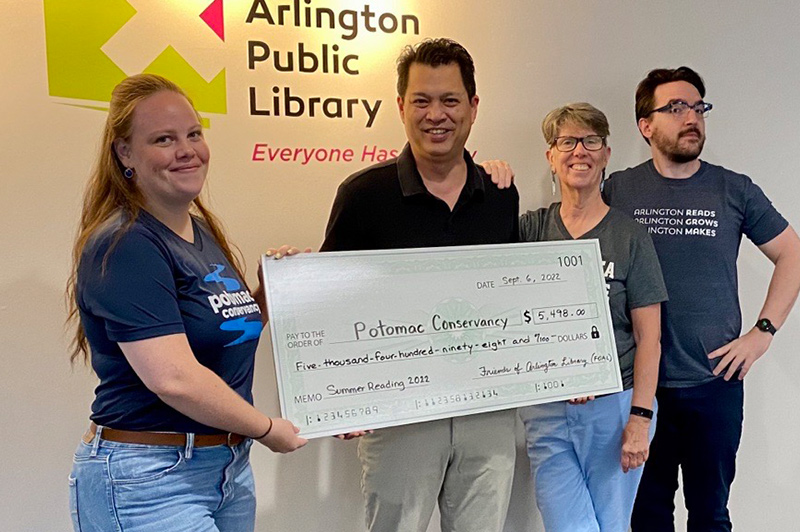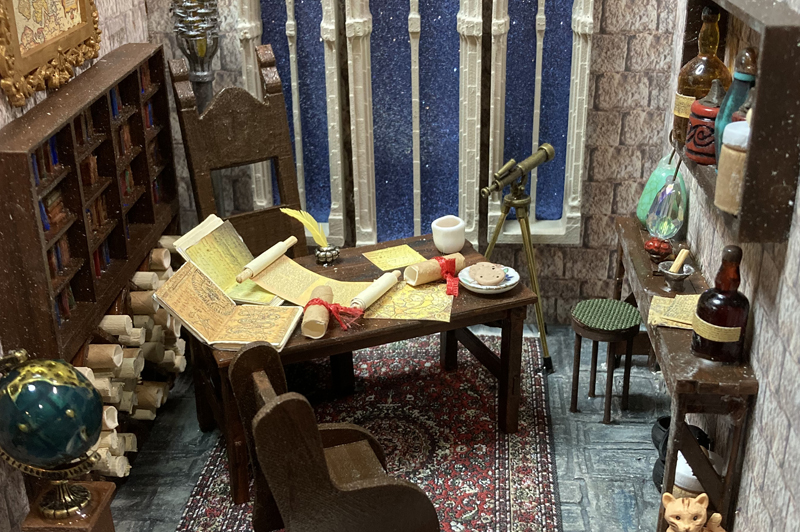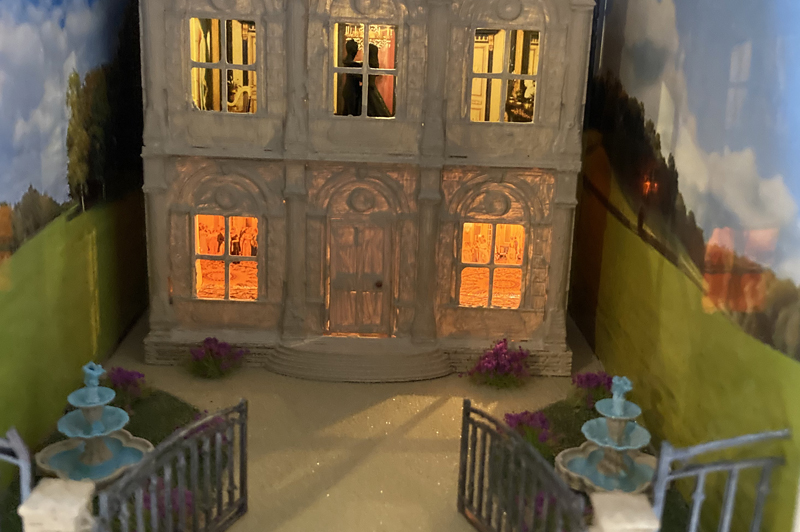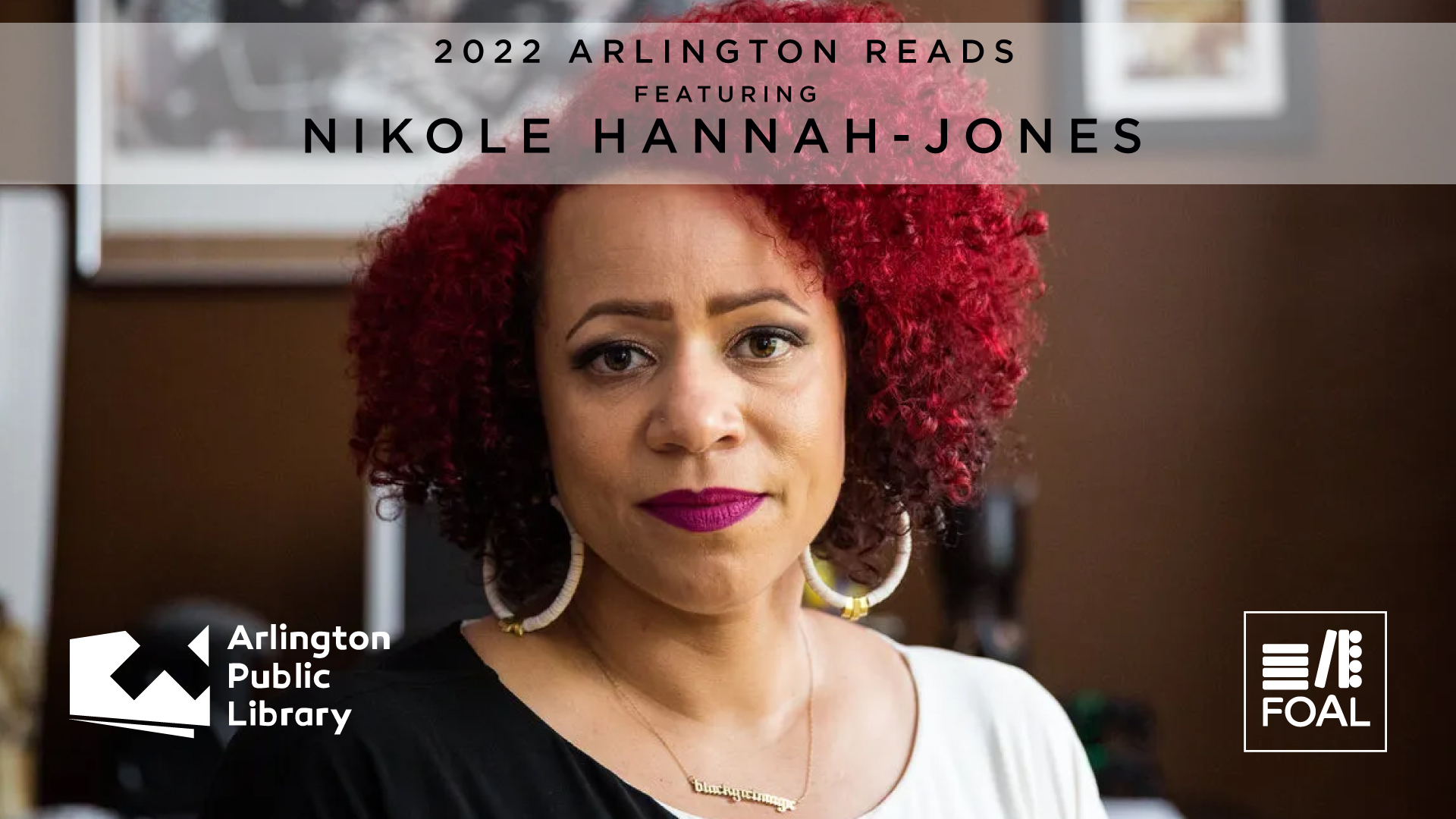Board Member Rob Hizon of the Friends of the Arlington Public Library, Arlington Public Library Director Diane Kresh and Library Division Chief Peter Petruski presented the 2022 Summer Reading donation check to Olivia Guerra, Director of Institutional Giving at the Potomac Conservancy.
From June 1 through September 1, readers of all ages came together during Arlington Public Library’s popular Summer Reading program to read, participate in hundreds of free library events and to support the Potomac Conservancy in their mission to safeguard the lands and waters of the Potomac River.
In September, representatives of the Friends of the Arlington Public Library (FOAL) and Arlington Public Library presented a $5,498 check to the Potomac Conservancy. The donation represents the number of library readers who successfully completed the 2022 Summer Reading program.
"It has been a wonderful experience partnering with Arlington Public Library," said Hedrick Belin, President of Potomac Conservancy. “The FOAL donation will go towards our local conservation efforts, supporting our goal to restore clean water to our community. Together, we'll close the chapter on pollution and write new prose on a healthy, thriving Potomac River."
"At FOAL, we pride ourselves in supporting community partners and library programs for the Arlington community and Library patrons. We are excited to sponsor Summer Reading and to support the Potomac Conservancy in their good work for the environment and local communities," said Claire Christian, President, Board of Directors, of the Friends of the Arlington Public Library.
2022 Summer Reading was made possible through the generosity of the Friends of the Arlington Public Library and the Washington Nationals. Other community partners included EcoAction Arlington; the Potomac Riverkeeper Network; and the Arlington County Departments of Cultural Affairs; Environmental Services; Parks and Recreation and Technology Services.
"Nearly 8,000 readers participated in our community reading program and thousands more attended events. All free," said Library Director Diane Kresh.
Summer Reading helps children avoid the "summer slide," and reintroduces youth and adults to the joy of reading. There will soon be a chance to participate in another community reading program. Back by popular demand, the Library will present 2023 Winter Reading, which will start Jan. 1 and run through Mar. 1.
To learn more about the Potomac Conservancy and FOAL, visit https://potomac.org and https://arlingtonlibraryfriends.org.










